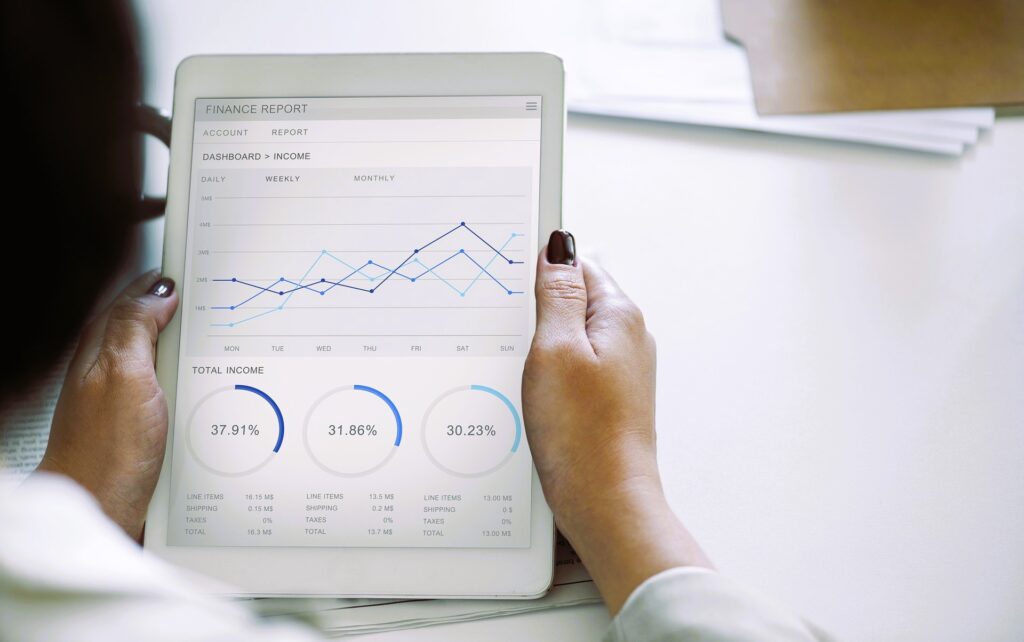Organizing a successful exhibition requires meticulous planning, attention to detail, and effective collaboration with exhibition organizers. Whether you’re a corporate exhibitor, a small business owner, or an individual artist, forming strong partnerships with exhibition organizers is key to maximizing your impact, reaching your target audience, and achieving your objectives. In this article, we’ll explore the secrets of successful partnerships with exhibition organizers and how they can benefit your exhibition experience.
1. Clear Communication
One of the most critical factors in forming successful partnerships with exhibition organizers is clear and open communication. From the initial planning stages to the execution of the exhibition, maintaining transparent communication channels with organizers ensures that everyone is on the same page and working towards common goals. Clearly articulate your objectives, expectations, and requirements to the organizers, and be receptive to their feedback, suggestions, and guidance throughout the process.
2. Mutual Understanding
Successful partnerships with exhibition organizers are built on a foundation of mutual understanding and respect. Take the time to understand the organizer’s vision, mission, and values, and align your objectives and strategies accordingly. By demonstrating empathy, flexibility, and a willingness to collaborate, you can build trust and rapport with organizers and lay the groundwork for a productive and harmonious partnership.
3. Strategic Planning
Effective partnerships with exhibition organizers are characterized by strategic planning and coordination. Work closely with organizers to develop a comprehensive plan that outlines key milestones, timelines, and responsibilities leading up to and during the exhibition. Identify areas of overlap and synergy between your objectives and the organizer’s goals, and explore opportunities for collaboration and mutual support to enhance the overall success of the event.
4. Value Proposition

Clearly articulate the value proposition that you bring to the exhibition as a partner or exhibitor. Highlight your unique selling points, competitive advantages, and contributions to the overall success of the event. Whether it’s through innovative products, engaging activities, or compelling storytelling, demonstrate how your participation adds value to the exhibition experience and enhances the attendee’s engagement and satisfaction. Did you like our article? Read also about the impact of talent exhibitions.
5. Flexibility and Adaptability
Flexibility and adaptability are essential qualities in forming successful partnerships with exhibition organizers, especially in dynamic and unpredictable environments. Be prepared to adjust your plans and strategies in response to changing circumstances, emerging trends, and unforeseen challenges. Demonstrate agility, resilience, and a willingness to pivot as needed to overcome obstacles and achieve your objectives.
6. Continuous Evaluation and Improvement
Successful partnerships with exhibition organizers are characterized by a commitment to continuous evaluation and improvement. Take the time to reflect on your performance, gather feedback from organizers and attendees, and identify areas for enhancement and refinement. Use this feedback loop to iterate on your strategies, refine your approach, and enhance the value that you bring to future exhibitions.
Conclusion
Forming successful partnerships with exhibition organizers is essential for maximizing your impact, reaching your target audience, and achieving your objectives at exhibitions. By prioritizing clear communication, mutual understanding, strategic planning, value proposition, flexibility, adaptability, and continuous evaluation and improvement, you can build strong and mutually beneficial partnerships that enhance the success of exhibitions and elevate the overall experience for organizers, exhibitors, and attendees alike.
For more information on successful partnerships with exhibition organizers, visit Wikipedia.
